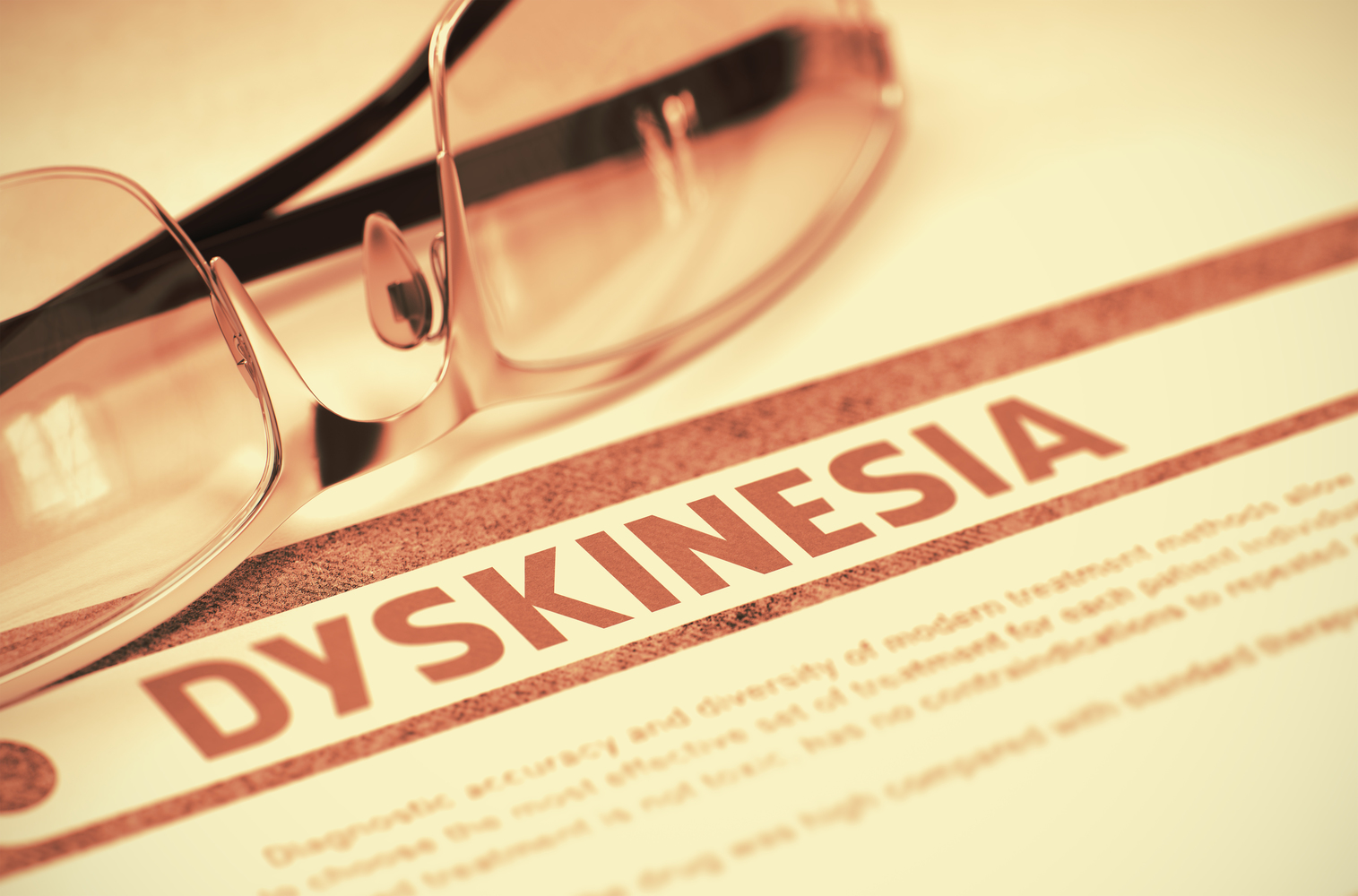
What Causes Dyskinesia In Parkinson’s Disease Patients?
Parkinson’s disease can be a terrible illness with many patients dealing with painful symptoms and a greatly reduced quality of life. Unfortunately, many people living with parkinson’s disease also end up developing a condition known as dyskinesia as a result of taking certain medications to treat the disease. Dyskinesia has been linked to the long term use of a particular medication used to treat parkinson’s disease symptoms. Studies show that when the medication, Levodopa, is taken over the long term, uncontrollable muscle tremors, head swaying and bobbing, and twisting or writhing of the arms or legs. This is what’s known as dyskinesia, and although it may overlap with parkinson’s tremors is a direct result of long term levodopa use.
This still leaves us with the question, what causes dyskinesia in parkinson’s disease patients? Many researchers attribute dyskinesia to long term levodopa usage because the drug has been shown to develop in patients who’ve been diagnosed with parkinson’s at a younger age and prescribed levodopa for extended periods. Scientists speculate that serotonin, glutamate, and particularly dopamine play a vital role in dyskinesia development. While levodopa aims to restore dopamine levels destroyed by parkinson’s disease (particularly dopamine-producing cells), levodopa may cause variations in dopamine levels, which is behind the involuntary movements of dyskinesia. While not all parkinson’s disease patients taking levodopa develop dyskinesia, those who do develop the condition may reduce dyskinesia symptoms by:
1. Altering levodopa dose
Changing or lowering your Levodopa dosage and frequency may help ease the symptoms of dyskinesia.
2. Extended release medications
Using an extended-release from of levodopa, or switching to another parkinson’s disease medication may help to keep the level of dopamine constant, which will help to control and limit dyskinesia symptoms.
3. Treating dyskinesia symptoms
Amantadine, an an antiviral and an antiparkinsonian drug, is a medication that’s often prescribed by doctors specifically to treat and reduce dyskinesia symptoms.
4. Deep brain stimulation (DBS)
Although DBS isn’t an option for every patient, this surgical procedure may be recommended for parkinson’s patients who meet certain criteria (i.e., have had parkinson’s for a minimum of 4 years) and have dyskinesia. DBS is the surgical implantation of an electrical stimulator in a region of the brain (i.e., globus pallidus internus or the subthalamic nucleus), which both regions correct electrical stimulations deep in the brain that control muscle movement.


